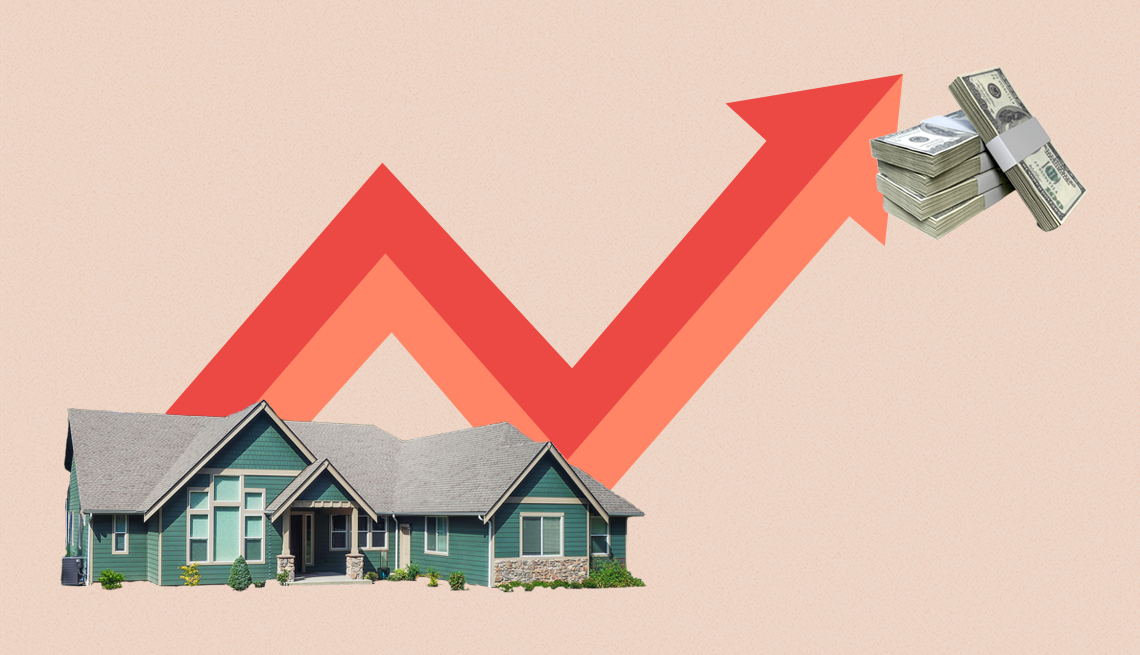AARP Hearing Center


Bruce Simmons helps prospective applicants understand how reverse mortgages work, and has the even temper that comes with 20 years of patiently explaining such a complex topic.
Simmons has been fielding even more questions than usual lately about the intricacies of these complex financial instruments. That’s because of a new complication: rising interest rates.
“It has caused some anxiety among a lot of people who are new retirees or want to retire,” he says.
Just as they are for homeowners or would-be homeowners with conventional mortgages, higher interest rates are bad news for people who have or are considering reverse mortgages. But not entirely, and not necessarily in the ways they might think.
“If a reverse mortgage can help your situation, it still makes sense for a lot of people,” says Simmons, a reverse-mortgage specialist at American Liberty Mortgage in Denver. “There are so many people who can benefit from this today, even with the rates the way they are.”
How they work
Reverse mortgage loans let people 62 or older use the equity in their homes as a source of income, without having to move out. Whatever they borrow against the principal has to be repaid with interest when they sell the house or die.
Higher interest rates mean that existing reverse-mortgage holders (or their heirs) will owe more as interest rates rise. It also reduces the amount that people considering a reverse mortgage will be allowed borrow against their home equity in the first place.
This so-called “principal limit factor” is based on the borrower’s age and the home’s value, but also on the interest rate. That’s because the rules require that a homeowner can’t owe more than what the house is worth. And the higher the interest, the more he or she will ultimately owe.
“As interest rates rise, the loan balance increases at a faster pace,” Simmons says. So “we’re going to loan them less money to start out with.”
Two years ago, homeowners might have gotten a reverse mortgage worth 50 percent of their home equity. Now, they might get only 35 percent.
For example, Simmons says, the owners of a home valued at $500,000 might once have been able to get a $250,000 reverse mortgage. Now, they would be limited to $175,000.
Interest rates have ballooned from near zero to between 5.25 and 5.5 percent as the Federal Reserve tries to restrain inflation. That’s a 23-year high. The Fed has now raised interest rates 11 times since March 2022.
Interest rates on 30-year fixed-rate mortgages are hovering around 6.8 percent, and reverse mortgages often have even higher rates than that.






























































More From AARP
How to Protect What You Collect
Tips for caring for your collectibles, including proper organization, accurately assessing the value and more
Save on These Holiday Gifts at Warehouse Clubs
Buying in bulk can stretch your budget this holiday seasonAmazon Won't Let You Return These 13 Items
Before you purchase that gift, make sure you can return it.What You Need To Know About Roth IRAs
Tax-free income at retirement — if you follow the rulesRecommended for You